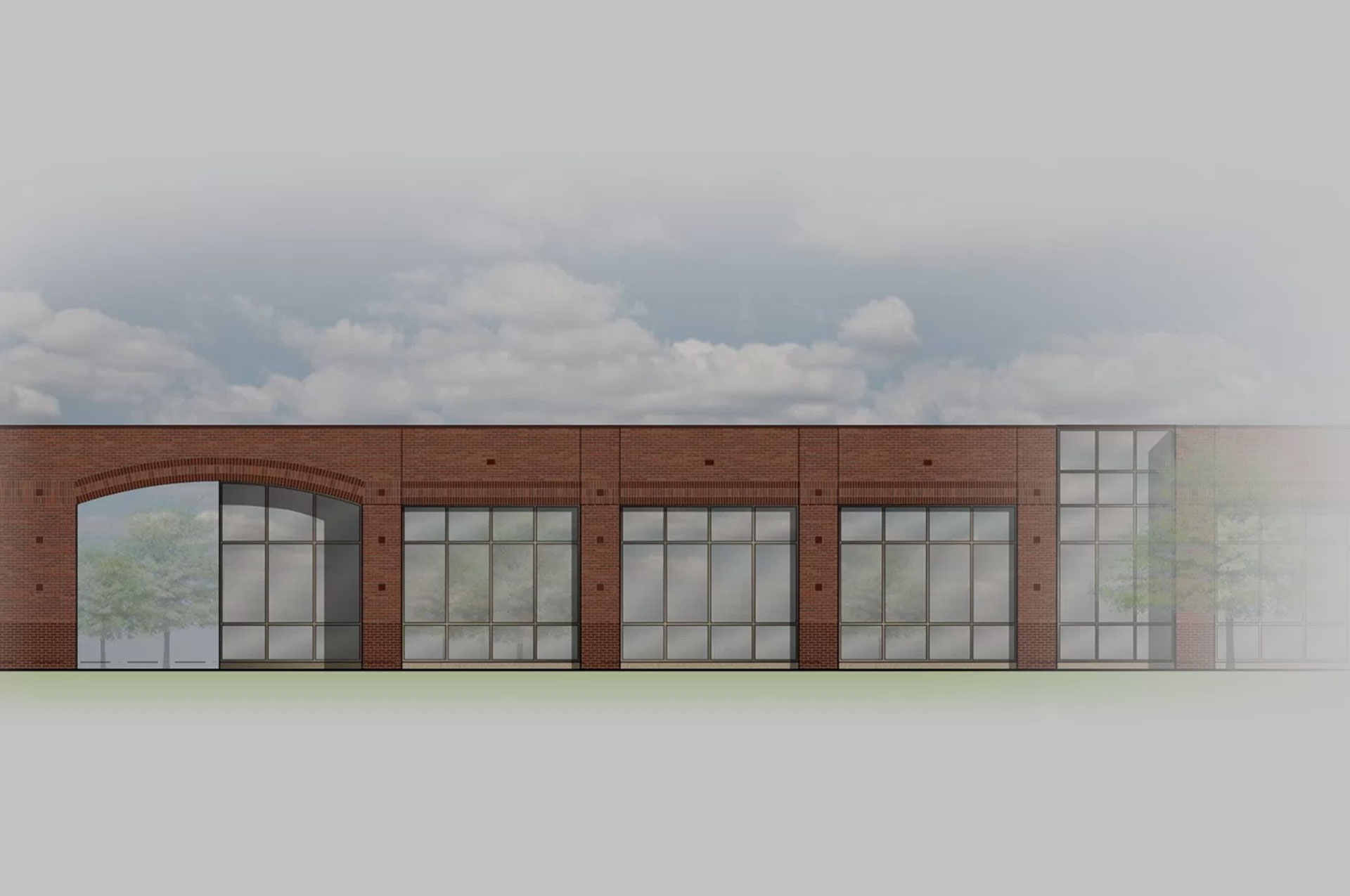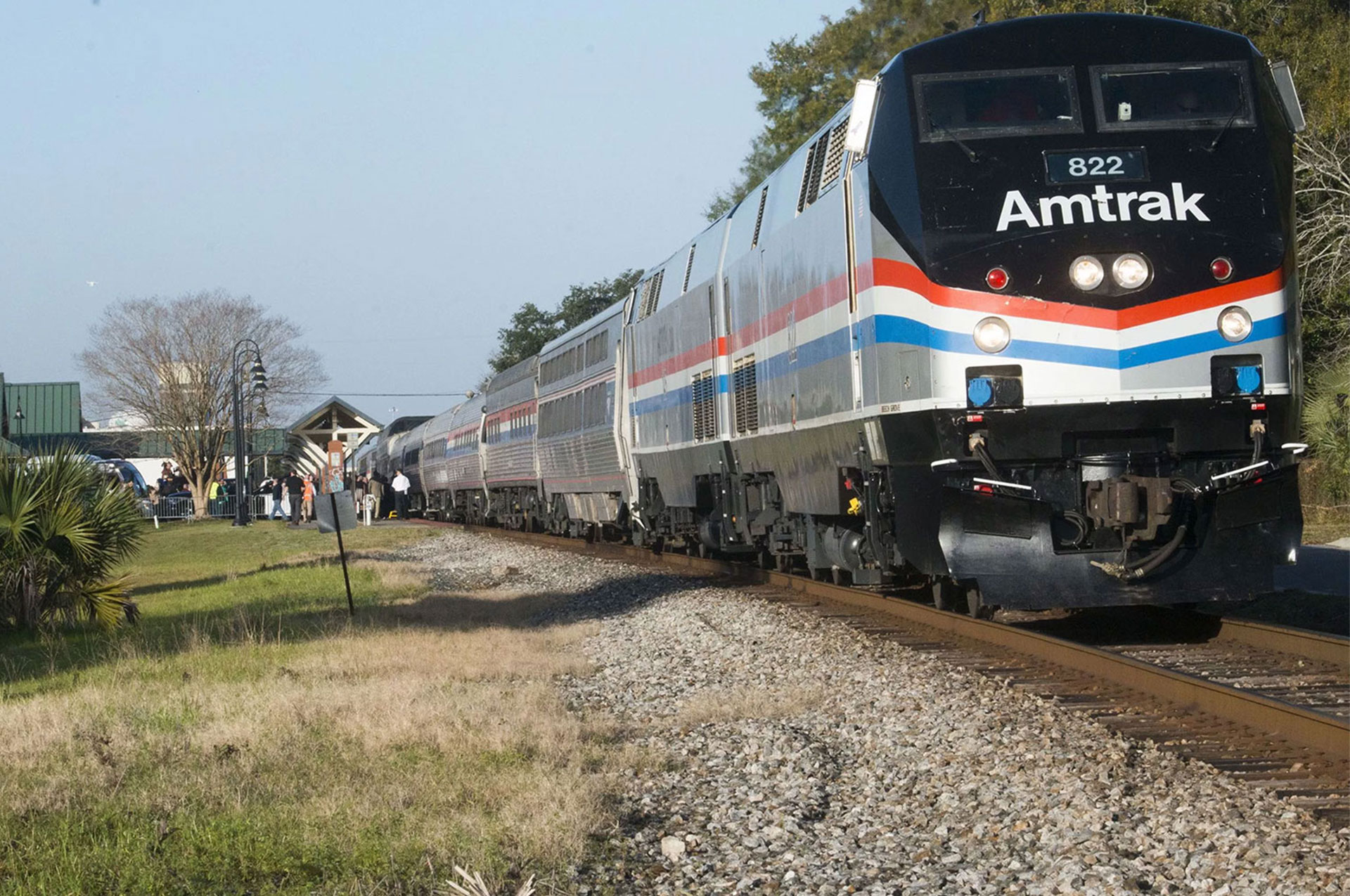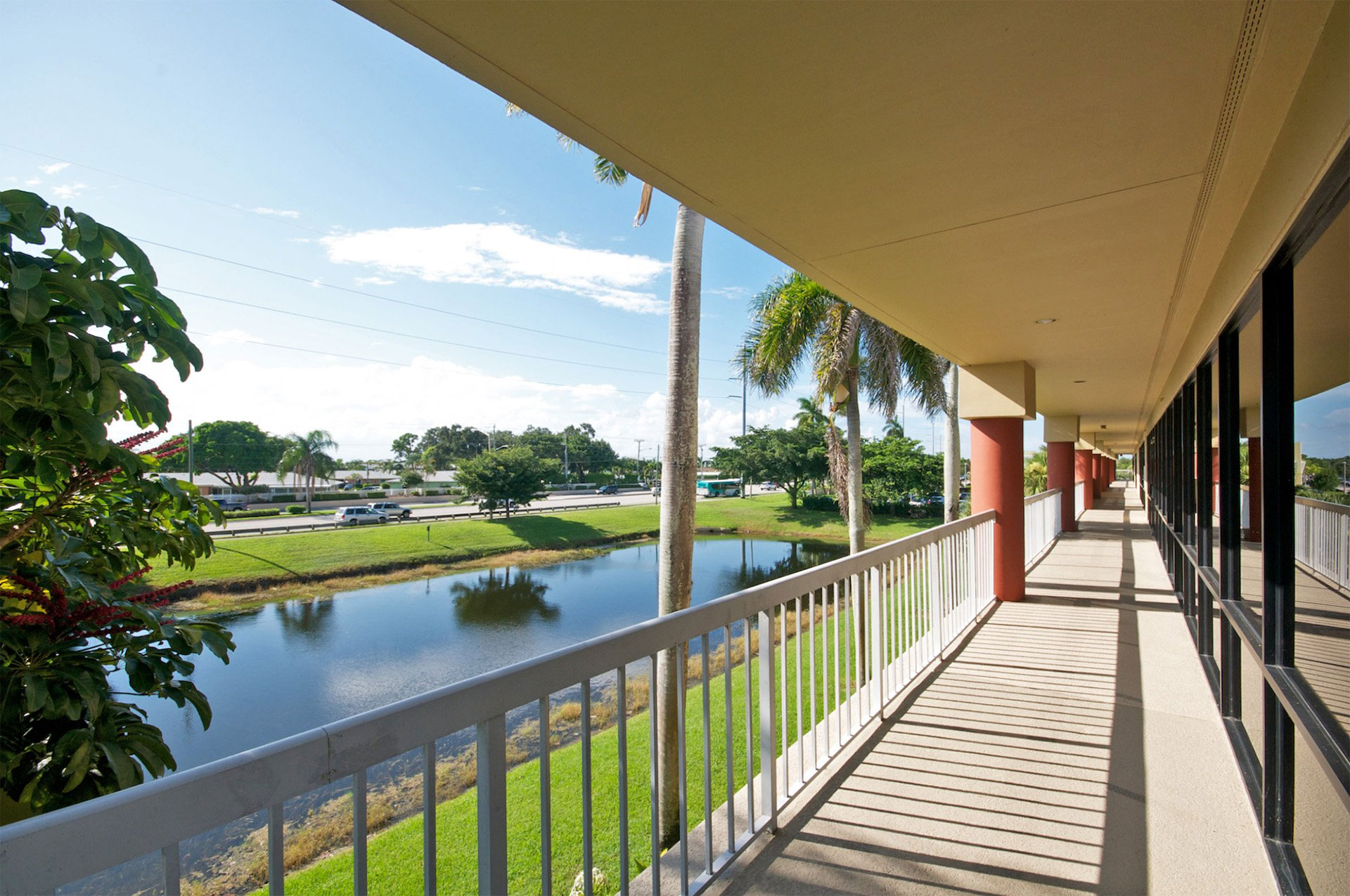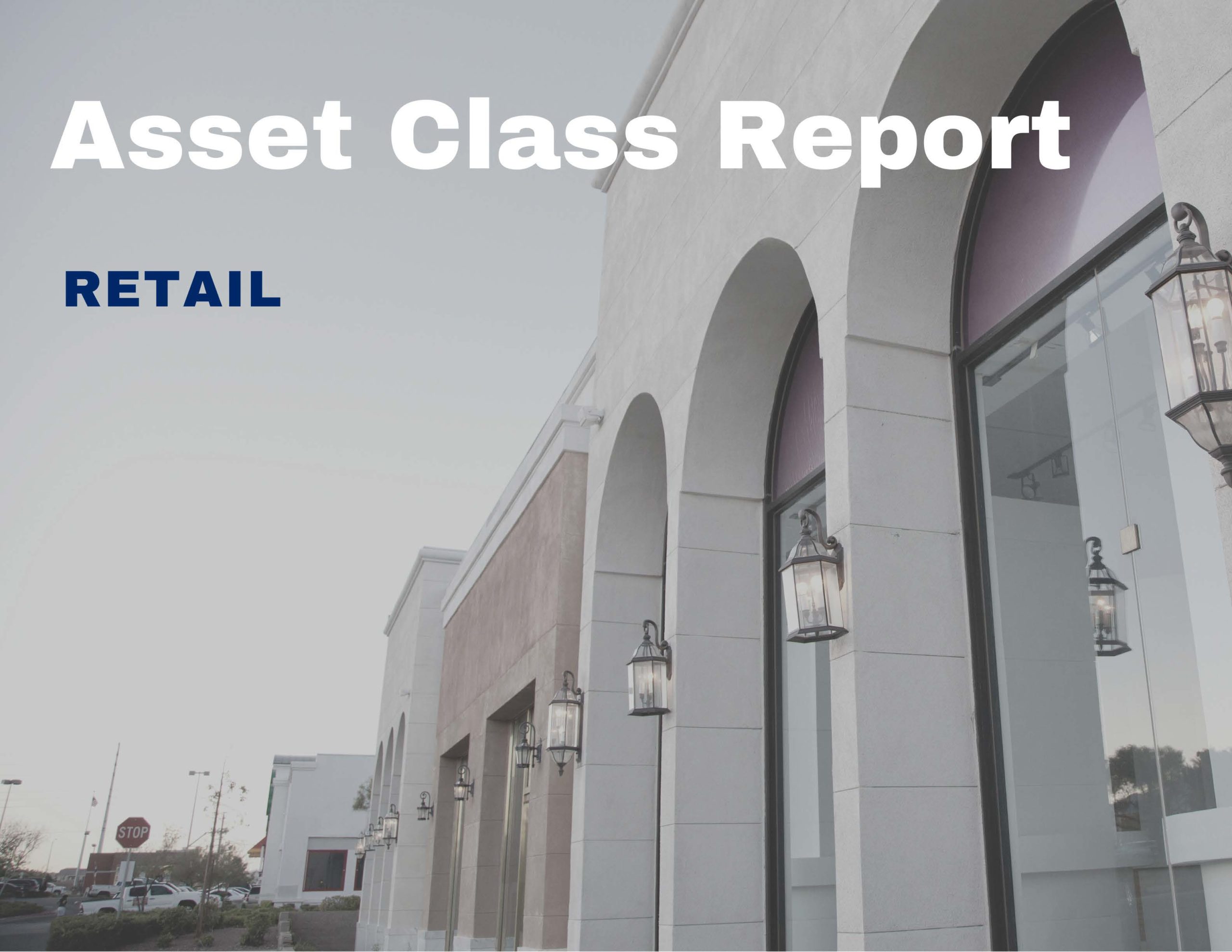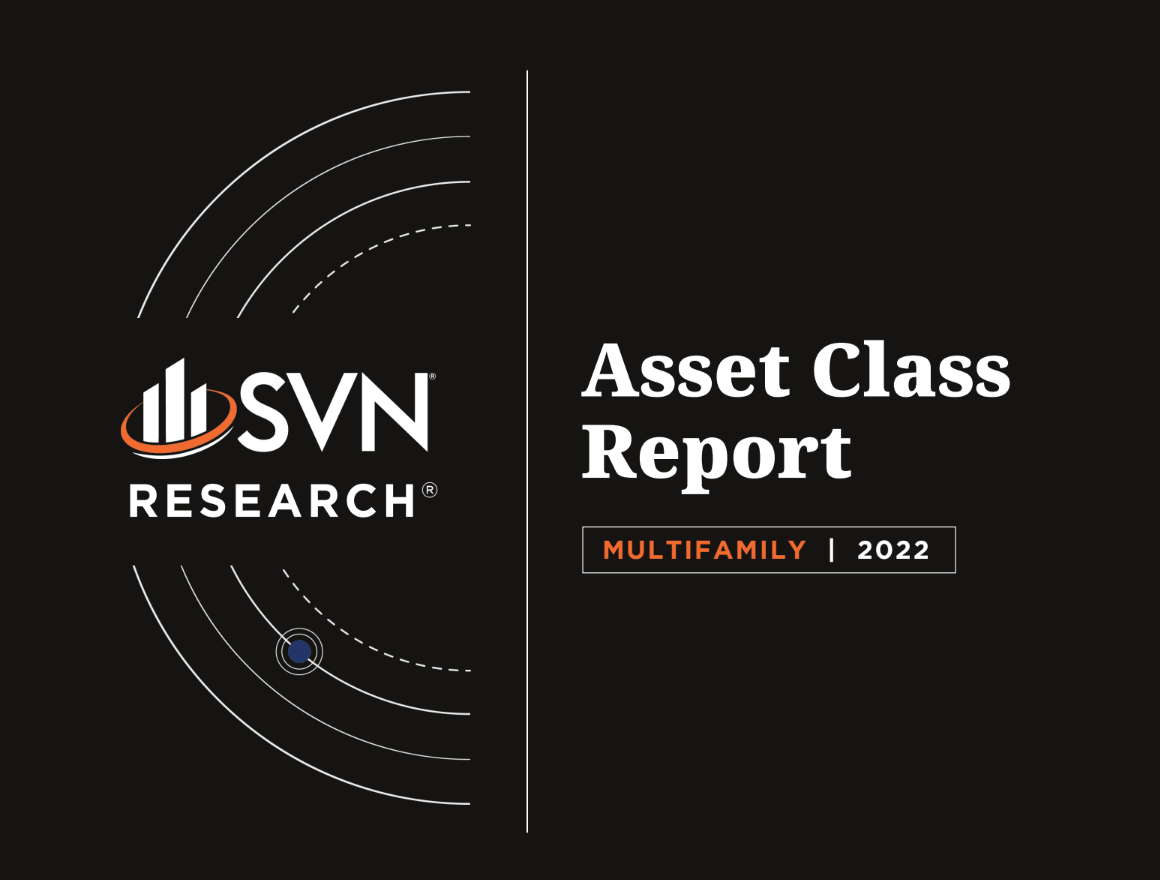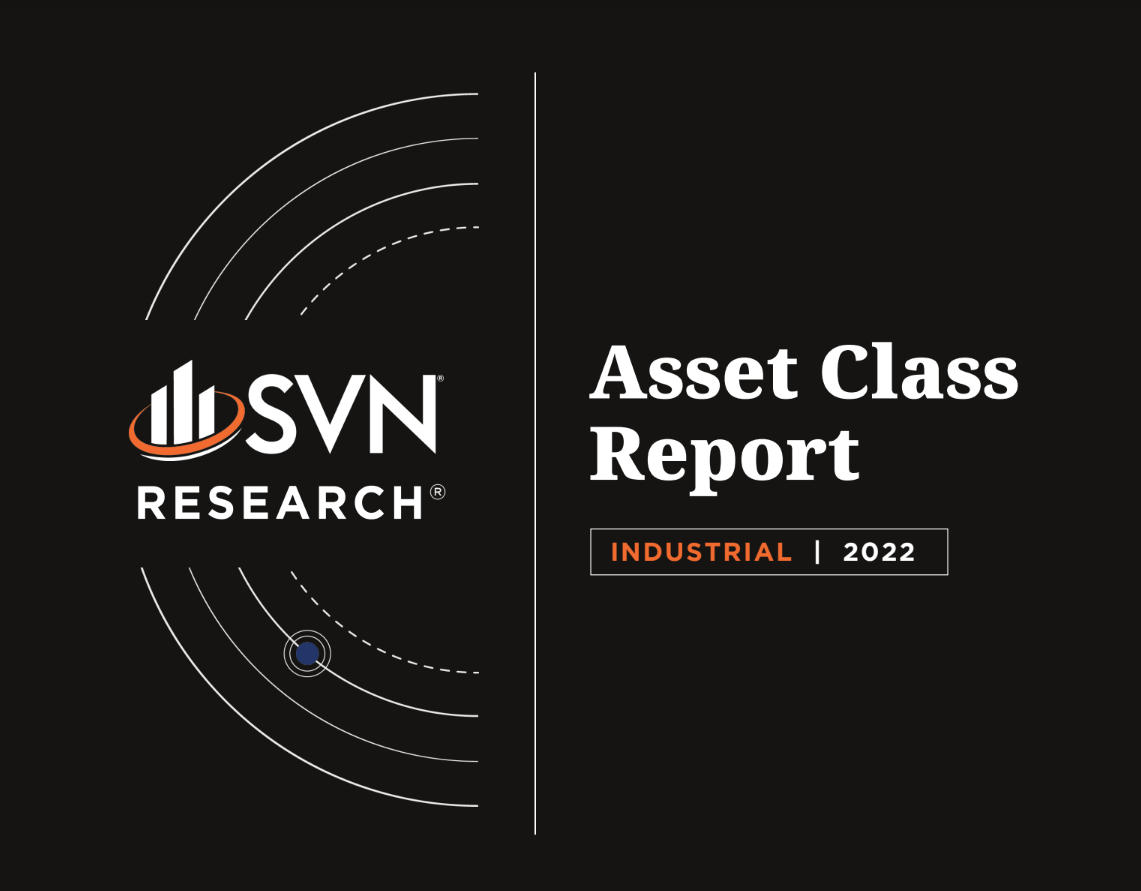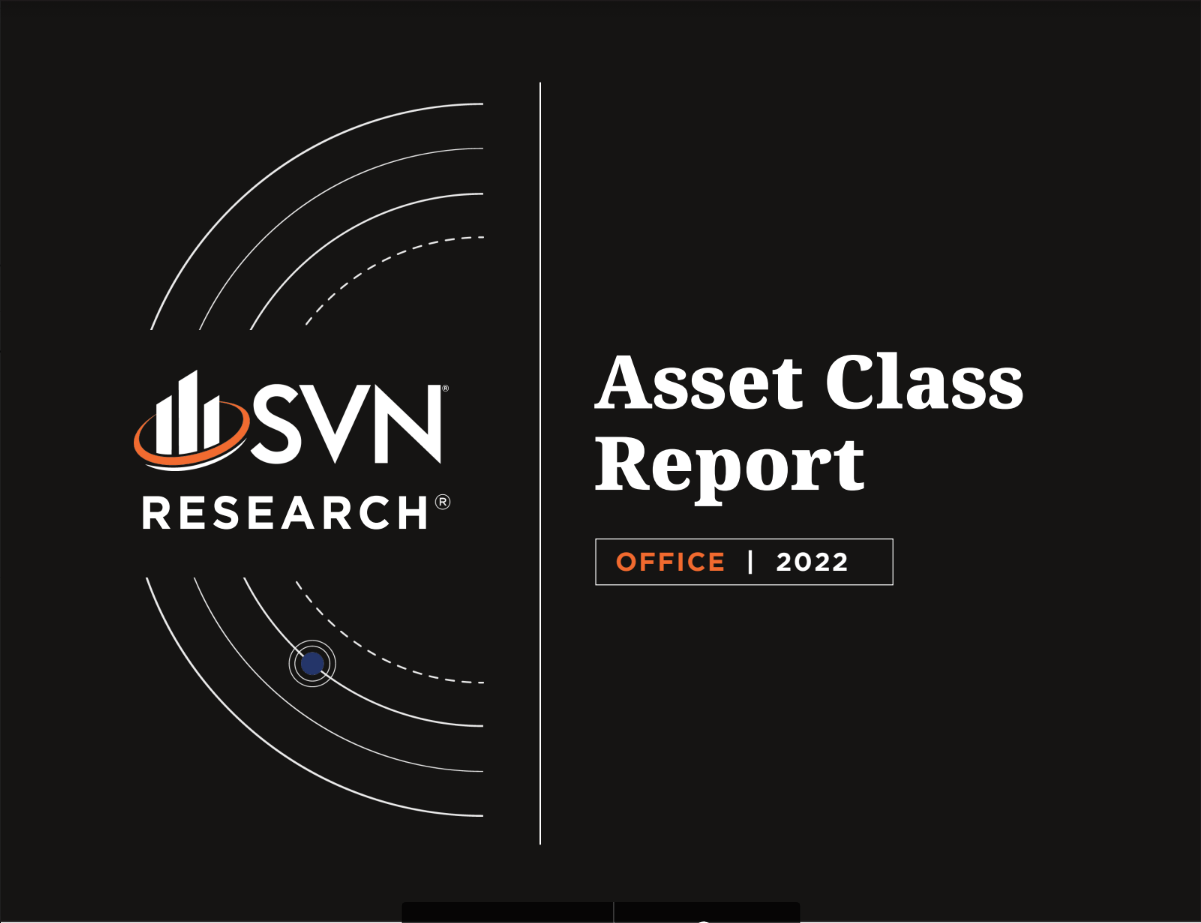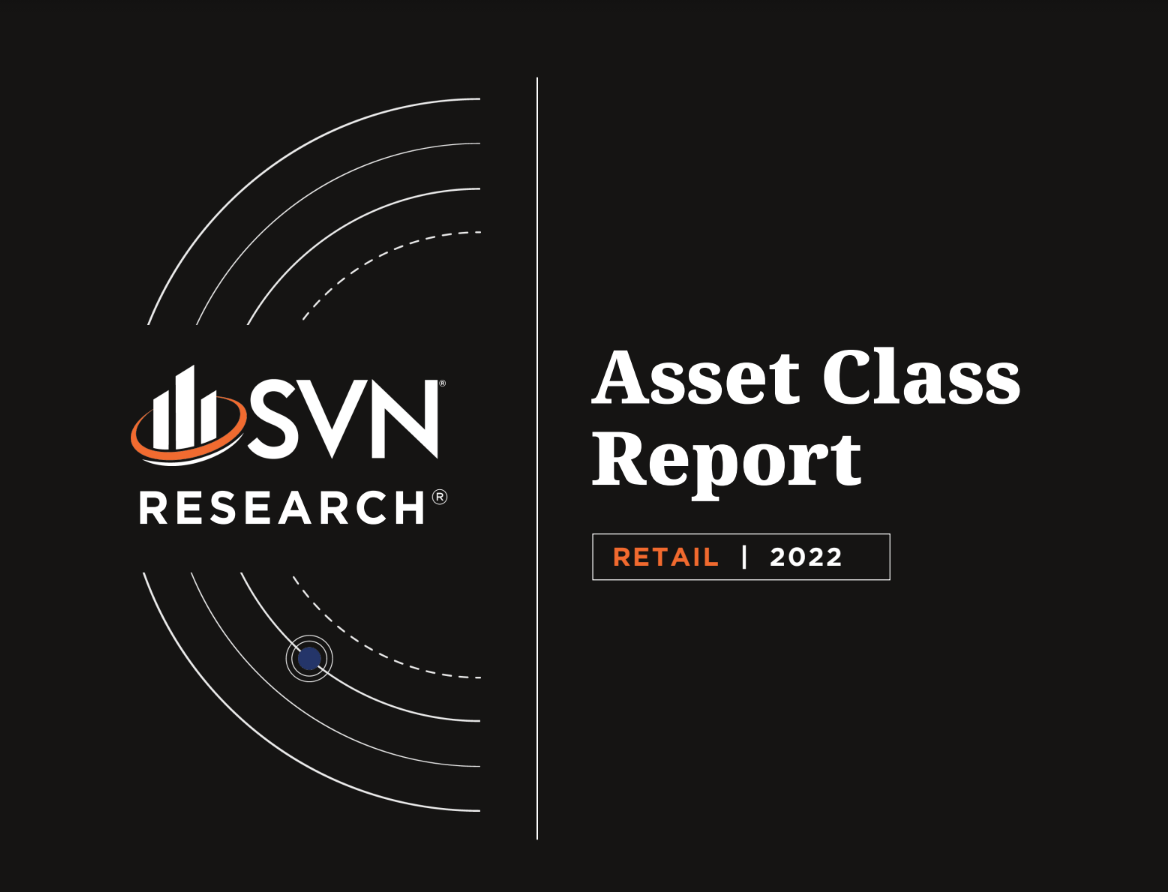admin / August 31, 2022
Commercial Real Estate Economic Update 8.26.22
Commercial Real Estate Economic Update 8.26.22
Featured topics:
-
Second GDP Estimate
-
Real Estate Sentiment Index
-
MSCI RCA Commercial Property Price Index
-
Industrial Demand Forecast
-
New Home Sales
-
Senior Loan Officer Opinion Survey
-
CMBS Issuance
-
Retail Inventories Excluding Auto
-
Office Occupancy
-
Rent Growth Variations
Commercial Real Estate Economic Update 8.26.2022 – (Download Full PDF)
1. SECOND GDP ESTIMATE
• Real gross domestic product (GDP) decreased at an annual rate of 0.6 percent in the second quarter of 2022, according to the BEA’s second estimate released on August 25th. The revision shows that the US economy contracted less than expected, though directionality suggests that we are in a technical recession. Real GDP fell 1.6% in the first quarter.
• The latest update revises up both consumer spending and private inventory investment , the latter which led to overall declines in the second quarter. Consumer spending remained the strongest contributor to growth. On the flip side, there was a downward revision in residential fixed investment, which was also one of the leading categories of decline in the second quarter.
• The most significant contributors to the economic contraction were pullbacks in private inventory investment, residential fixed investment, federal government spending, state and local government spending, and nonresidential fixed investment. Meanwhile, exports and consumption increased, leading all positive contributions to the index.
2. REAL ESTATE SENTIMENT INDEX
• According to the Real Estate Round Table’s Q3, 2022 Sentiment Index, commercial real estate executives are pessimistic about the sector’s current state, though optimism remains on the horizon.
• The overall index, which included both current and future conditions, fell from 51 in Q2 2022 to 44 in Q3 2022 (note: above 50 = positive conditions). The overall index is down by 34 points compared to one year ago.
• The overall index decline was entirely due to reductions in the “current conditions” sub-index, which registered a Q3 observation of just 38— its lowest reading since 2020. Among the reasons cited for the decline, inflation, supply chain disruptions, and the impact of rising interest rates all topped the list.
• Optimism for future conditions rebounded in Q3 2022, registering a reading of 51. It was the first time since early 2021 that the future conditions sub-index rose quarter-over-quarter.
3. MSCI RCA COMMERCIAL PROPERTY PRICE INDEX
• Commercial real estate prices climbed by 16.8% year-over-year through July, according to the latest data from MSCI RCA’s All-Property index. The index rose by 0.9% month-over-month.
• July’s pace of growth remained strong but was the second consecutive month where growth decelerated. Annual growth in commercial real estate properties reached a record 19.5% year-over-year in May.
• Industrial continued to outpace all other property types in quarterly and annual growth rates, climbing by 1.2% and 24.4%, respectively. July marked the tenth consecutive month of above-20% year-over-year growth for the sector; however, it is down from the nearly 27% annual growth registered earlier this year.
• Apartments registered the second highest annual growth in July but slipped from the previous month, falling to 20.9.
• Annual growth in Retail climbed 17.7%, down 1.0% from June but still significantly above its historical average.
• Suburban office slowed to 7.8% year-over-year, while CBD office also slowed to 7.7%.
4. INDUSTRIAL DEMAND FORECAST
• According to the latest industrial space demand report from NAIOP, retailers and logistics firms have begun to slow the rate at which they acquire new industrial space.
• Net absorption of industrial space fell sharply to 151.2 million square feet in the first two quarters of 2022, down from 2021’s record pace but still relatively higher than prior years. NAIOP forecasters expect the market to cool further and revert to pre-pandemic levels by 2023.
• The combining factors of falling pressure on supply chains, increased inventory carrying costs, an economic contraction, and slowing e-commerce expansion contribute to the fall in demand. According to the NY Fed’s Supply Chain Pressure Index, supply chain congestion eased during the year’s first half, resulting in retailers buying up less space than in recent quarters.
5. NEW HOME SALES
• New single-family home sales fell sharply in July, down -12.6% month-over-month and -29.6% year-overyear.
• The median sales price on a new home was $439,400, up from $402,400 in June.
• Just 511,000 homes were sold in July, down from 585,00 in June and 726,000 one year ago. July’s volume is the lowest monthly sales total since January 2016.
• The continued decline of new residential sales indicates rising mortgage rates and other cost pressures are affecting would-be homebuyers despite robust overall housing demand. The average rate on a 30- year mortgage never dropped below 5% during the month and is at least 2% higher than any rate made available in January of this year.
• Builders are also reporting continued construction woes, adding additional pressure to prices. While some expect a correction in pricing, most economists predict that it will be far from the drastic pullbacks seen during the housing crash of 2008 as today’s economy continues to be supported by both strong job growth and housing demand, which was not a feature of the previous downturn.
6. SENIOR LOAN OFFICER OPINION SURVEY
The Federal Reserve’s July Senior Loan Officer Opinion Survey, conducted over the second quarter of 2022, signals that lenders continue to tighten underwriting standards across all cross-sections of real estate.
• For commercial properties, a net 41.5 percent of lenders report tightening lending standards— the highest share since the October 2020 survey. The decidedly risk-averse reading in the most recent survey comes after an equal split of underwriters tightening and loosening in the prior survey (April 2022).
• For Multifamily, a net 30.3% of respondents reported tightening underwriting standards in the July 2022 survey—a shift of 39.5 percentage points from April.
• Construction lending saw the largest share of underwriters pulling back on the reins, as 48.4% reported tightening standards.
7. CMBS ISSUANCE
• CMBS issuance have slowed in 2022 as higher interest rates reduced available leverage, pushing loan coupons and debt yields higher, leading to an overall slowdown in the market.
• While there have only been two significant CMBS deals so far in the third quarter, some important trends appear to be taking shape. The percentage of multifamily loans dropped from 12% to 6% quarterover-quarter, while hospitality loans climbed from 1% to 9%. While the decline in multifamily issuance may be explained by more loans being securitized as CRE CLOs than CMBS, the uptick for hospitality is less evident given the sector’s struggles, implying stronger underwriting metrics.
• LTVs for hospitality loans fell by about 5% while LTVs on hospitality loans declined close to 10%. Uncertainty regarding the sectors’ outlook drives the more conservative underwriting standards, potentially constraining future lending.
8. RETAIL INVENTORIES EXCLUDING AUTO
• Rental inventories excluding autos increased by 1.5% in July, according to the Census Bureau. While inventory growth has come down from highs hit towards the end of 2021 and the beginning of 2022, they still sit significantly higher than historical averages as pent-up orders from earlier in the year get stocked away. The development is in line with the observed fall in Industrial real estate property volume so far this year but with growth in overall dollar transaction volume.
• Durable goods, excluding defense orders, increased by 1.2% month-over-month in July, the third consecutive month order growth either increased or stayed the same relative to the previous month.
• Meanwhile, wholesale inventories continue to decline month-over-month. With July data set for release on August 26th, this could also be a key indicator impacting the outlook for the Industrial sector.
9. OFFICE OCCUPANCY
• Offices appear to be getting a slight boost from the back-to-school season, as occupancy climbed by 30 basis points to 43.5% of pre-pandemic levels in the most recent week of reporting. While the level remains historically low , occupancy has hovered around 43% since April— the uptick was evident across most major cities, except New York, Philadelphia, and Washington, DC.
• Dallas experienced the most significant increase, climbing by 1.6% week-over-week to 52% of prepandemic levels. Likely fueling the climb, relative to the lack thereof in northeastern metros, was a return to school for many students across the south in the past week.
10. RENT GROWTH VARIATIONS
• A recent blog by Trepp looks at the differences between rent growth rents across metros in June, which showed to be significant. In June, rents climbed by an average of 5.8%, according to Trepp’s calculations, but the deviation between the #1 metro for rent growth and the #5 metro for rent growth was 5.3%.
• The Phoenix-Mesa-Scottsdale, AZ metro registered the highest increase in net operating incomes, climbing by 9.2% year over year. Detroit-Warren-Dearborn, MI, which came in 5th, risen by 3.9% yearover-year.
• Sun Belt Metros continue to outpace non-Sun Belt metros in various metrics, with four of the top five metros for revenue and NOI being from the region.
SUMMARY OF SOURCES
• (5) https://www.census.gov/construction/nrc/pdf/newresconst.pdf
• (6) https://www.federalreserve.gov/data/sloos/sloos-202207-chart-data.htm
• (7) https://cre.moodysanalytics.com/insights/cre-news/cmbs-new-issuance-market-unfreezes/
• (8) https://tradingeconomics.com/united-states/retail-inventories-ex-autos
©2022 SVN International Corp. All Rights Reserved. SVN and the SVN COMMERCIAL REAL ESTATE ADVISORS logos are registered service marks of SVN International Corp. All SVN® offices are independently owned and operated. This is not a franchise offering. A franchise offering can only be made through a Franchise Disclosure Document.
View More Economic Updates:
« Previous Next »
